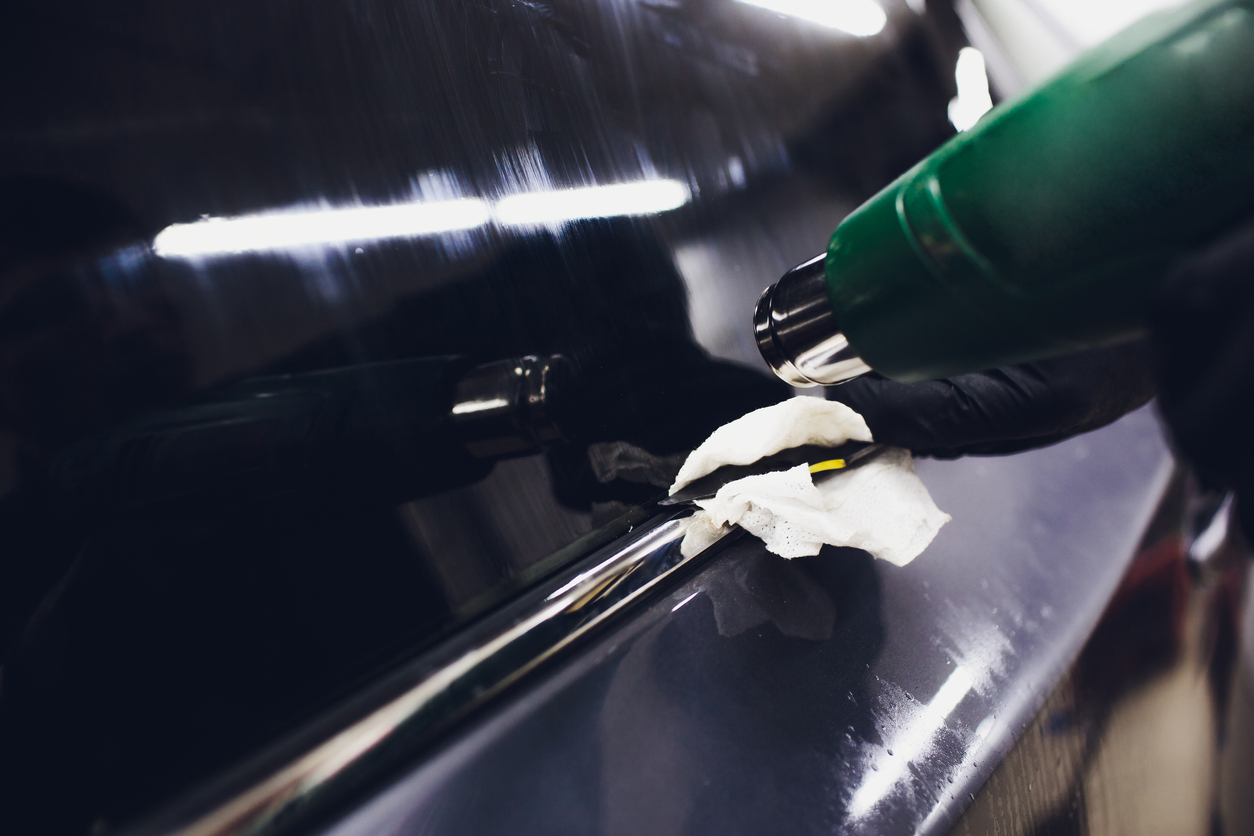Craig Rosenbaum | April 12, 2023 | New York Laws

Window tinting serves both aesthetic and practical purposes. Having darker windows on your vehicle can allow for a more private commute while enhancing the look of your vehicle. Additionally, it can drastically improve your visibility while on the road, which is beneficial to yourself and other motorists and can help avoid car accidents.
However, it is important to understand that New York has specific laws related to window tinting. These laws were enacted in 1991 and revised in 2017. To date, the government is still considering various changes.
Understanding these laws before paying for a new tint can save you time, money, and stress.
What Is VLT?
The percentage of visible light that can traverse through a vehicle’s windows is known as visible light transmission (VLT). When you are looking at window tints, you will notice that each tint has a specific percentage next to it. This number designates each tint’s VLT.
The percentage of VLT allowed by the state of New York is very specific. Additionally, it differs by vehicle type. So if you drive a sedan, you will have to follow a different set of tinting regulations than someone who drives a van.
Window Tint Darkness by Vehicle
Here are how window tint regulations across the state differ by vehicle.
Window Tint Regulations for Sedans
In New York, sedans are regulated slightly differently than vans and SUVs. The front windshield must allow 70% or more light to transmit through. Similarly, the front side windows and back side windows must be 70% or above. However, vehicle owners can use a non-reflective tint of any darkness along the top six inches of the front windshield.
If the sedan in question is equipped with dual rear-view mirrors, then any tint can be used for the back windshield.
Window Tint Regulations for Vans and SUVs
Vans and SUVs must adhere to the same set of rules. Their windshields must allow at least 70% of light through. The same is true for the front side windows. However, when it comes to the rear window and back side windows, New York allows any darkness to be used.
New York Window Tint Reflection Laws
Window tint can also be helpful to drivers due to its ability to reflect incoming light and minimize glare. This makes tint great for keeping any unwanted external heat outside of the vehicle as well. In addition to laws pertaining to VLT, New York also regulates the amount of permissible window reflection when using a tint.
The tint reflection laws for sedans allow for no mirrored or metallic appearances on the front side or back side windows. SUVs and vans are not allowed to have mirrored or metallic appearances on their front side or back side windows either.
Other New York Window Tint Laws
New York has other important tinting regulations. For example, some states have banned specific tinting colors. In New York, any tint color is permissible. Additionally, film manufacturers selling within the state are not required to certify their films.
Two other crucial regulations pertain to side mirrors and stickers. If the vehicle’s rear window or back side windows are tinted under 70%, then New York law mandates the presence of dual side mirrors on the vehicle. Drivers are also required to keep stickers on each window identifying the specific tinting amount for each window.
Save Time and Money by Following New York’s Window Tinting Laws
Citations for improper window tinting can cost you time and money to deal with, as can needing to change your tint to adhere to tinting laws. Knowing these laws before you tint your vehicle’s windows can help you avoid this stress.
By understanding New York’s window tinting laws, you should be able to make the best decision when it’s time to tint the windows of your next vehicle.
Contact Our Car Accident Law Firm in New York City
If you’ve been injured in an accident in Manhattan, NY, and need legal help, contact our New York City car accident lawyers at Rosenbaum Personal Injury Lawyers to schedule a free consultation.
Rosenbaum Personal Injury Lawyers
100 Wall St 24th Floor
New York, NY 10005
(212) 514-5007
